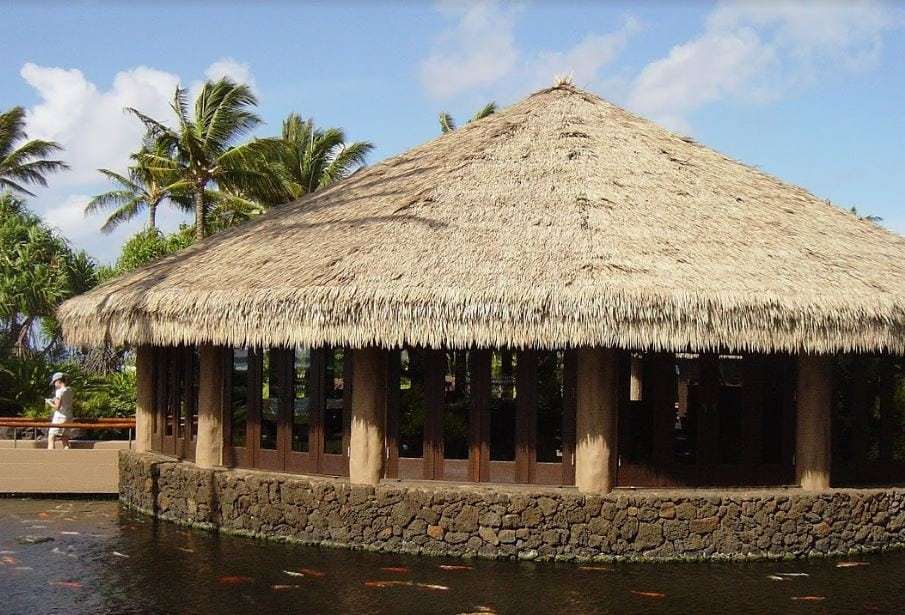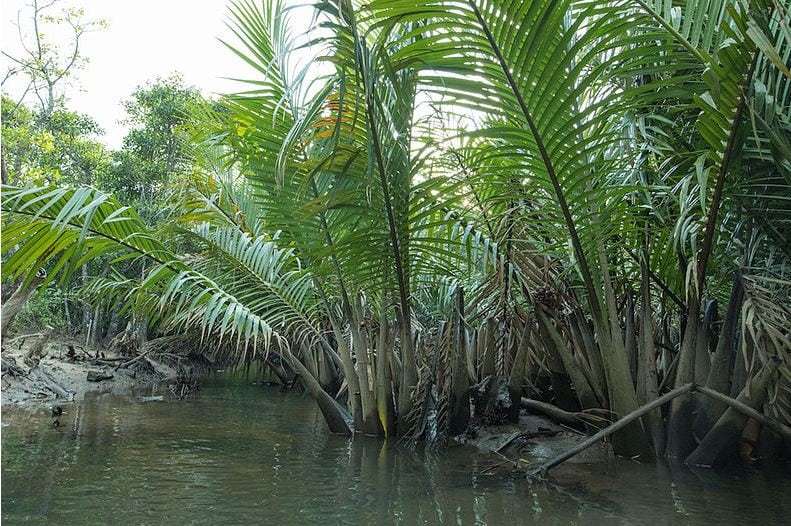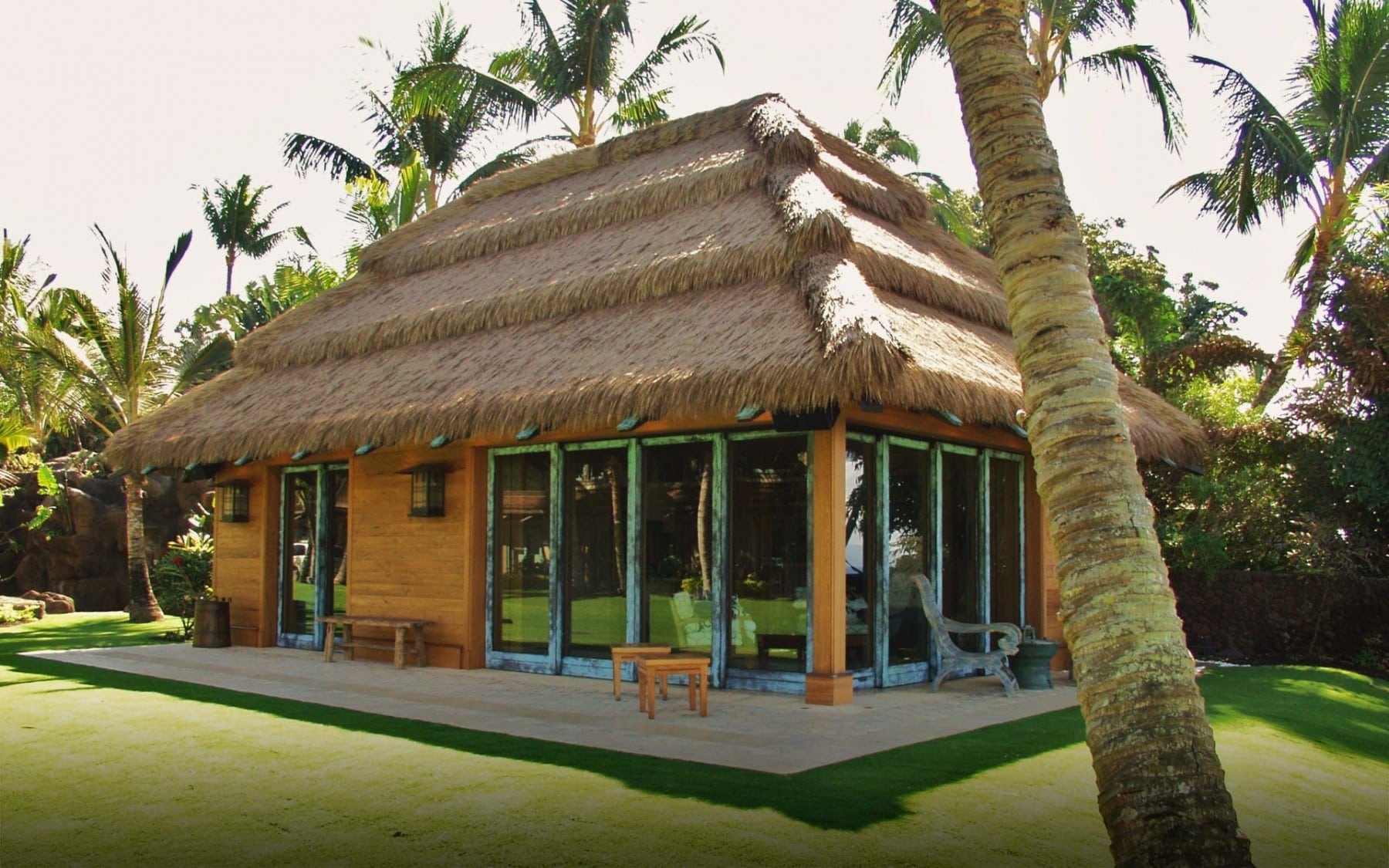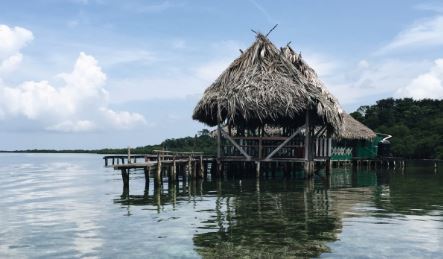Blog
What Is Xeriscaping?
One of the coolest design trends we saw really take off in the past 12 months is xeriscaping. Maybe you're asking yourself, "What's xeriscaping?" Well, xeriscaping is a trend in landscaping that changes everything. It's a green design trend that is preferable to traditional landscaping among eco-minded designers and their clients. Xeriscaping is a landscaping [...]
¿Por qué Palma Sintética Endureed?
Endureed es la compañía #1 de techos de palma sintética. Nuestro producto es preferido por clientes alrededor del mundo, encontrarás palma sintética Endureed en muchas estructuras en todo el mundo. Endureed se encuentra instalado en diferentes tipos de estructuras, desde hoteles de 5 estrellas, parques temáticos, tiki-bars y residenciales de lujo. Todo el equipo Endureed [...]
What Is Daylight Harvesting?
Daylight harvesting is a very simple way to efficiently manage energy use within buildings. Last year, daylight harvesting gained popularity among green building designers seeking to utilize natural sunshine. Now, "daylight harvesting" has become a standard term in the fields of green architecture and lighting. Daylight harvesting reduces overhead lighting use by taking advantage of [...]
Incorporate Thatched Roofs When Designing Wellness Centers
Wellness centers demand a certain aesthetics of design and architecture. The ambiance must set a tranquil mood to allow clients respite from the hectic energies of today's modern world. A synthetic thatch roof is among the easiest, most beautiful ways to help set the mood. Just seeing a thatched roof helps people relax and get [...]
Localized Threats To The Unique Nipa Palm
Historically, thatched roofs in Thailand were virtually entirely made of nipa palm (Nypa fruticans Wurmb) leaves. These tropical palm leaves were once one of the prominent materials used in traditional Thai houses as a roofing material throughout history. Nipa palms grow along mangroves, deltas, tidal areas and swampy coastal lowland areas. Nipa Palm's Unique Qualities [...]
UF Researcher Warns Of Caterpillars Decimating Tiki Hut Palm Fronds
New findings reported by experts at the University of Florida saw that caterpillars have not been found on living or dead leaves attached to sabal palms as of late. Instead, they're hatching from their eggs on top of the natural thatched roofs of Tiki huts in the state! Both Hypsopygia nostralis and Simplicia cornicalis have been damaging the [...]
Tropical Green Building Principles And Techniques
Heavy monsoons, hot summers and mild winters call for resource-efficient materials and building practices appropriately called "Tropical Green Building." When aligned with Tropical Green Building Principle practices, structures are comfortable to live in and energy-efficient all year. Rising costs of materials and energy and a scarcity of natural resources bring these practices to the spotlight [...]
Should You Strive For LEED Certification With New Hotel Construction?
Is it worth it for hotel designers and architects to jump through hoops in order to achieve LEED Certification on new hotel construction? Yes, absolutely... Though perhaps not for the reasons people think. Obviously, as hotels move towards energy conservation, the result is a reduction in operating costs. That's a no-brainer. When all of your [...]
Is Natural Thatch Still Made of Green Roofing Materials?
Natural thatch might be one of the most eco-friendly green roofing materials if the growing, harvesting, and maintenance of it hadn't changed so drastically over time. The natural thatching industry was forced to change to meet consumer demand, modern fire codes and modern building codes. The fact is many of us no longer view natural [...]











